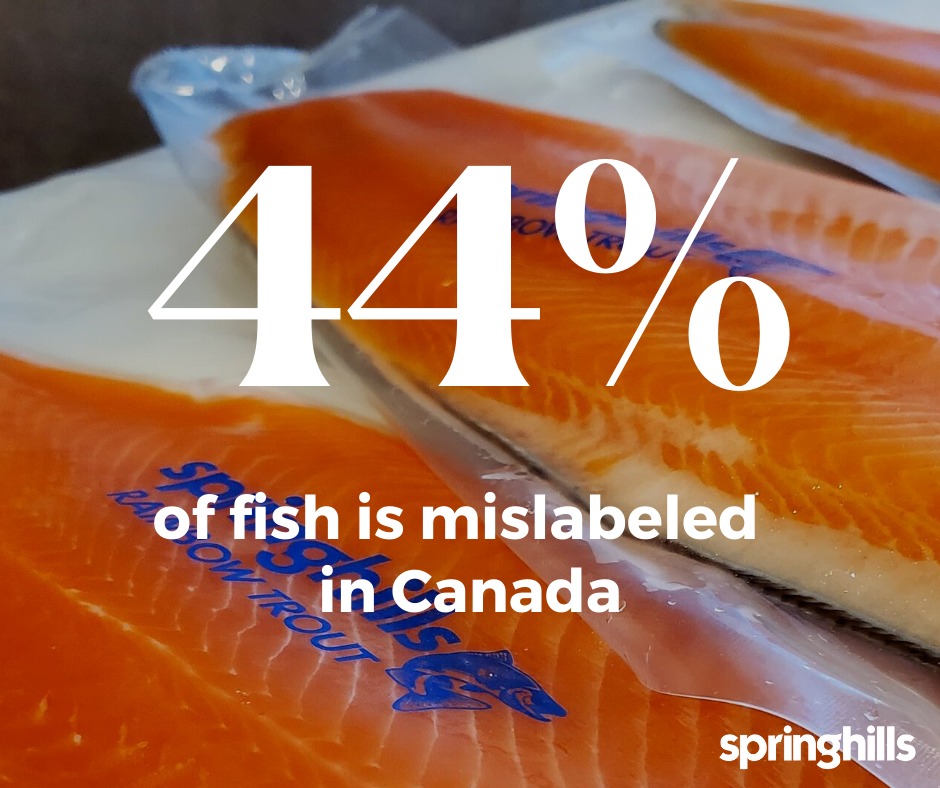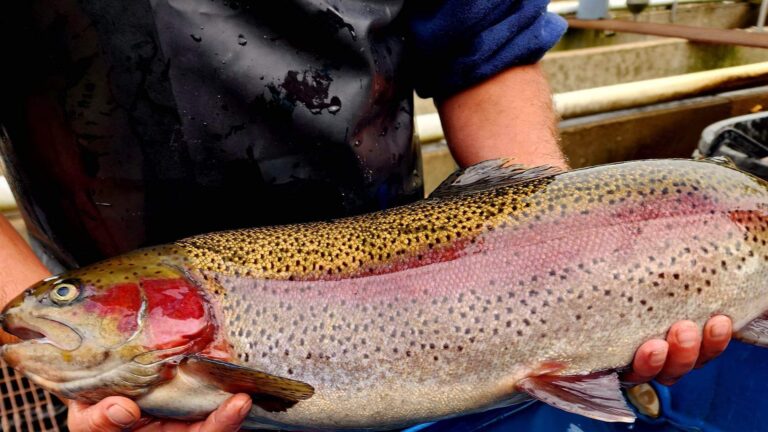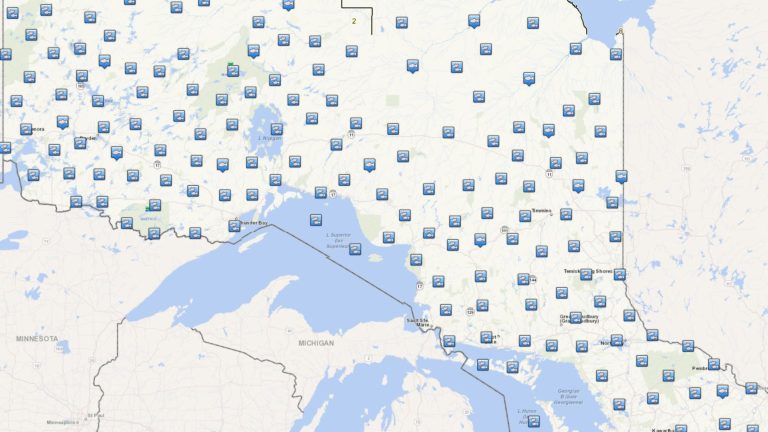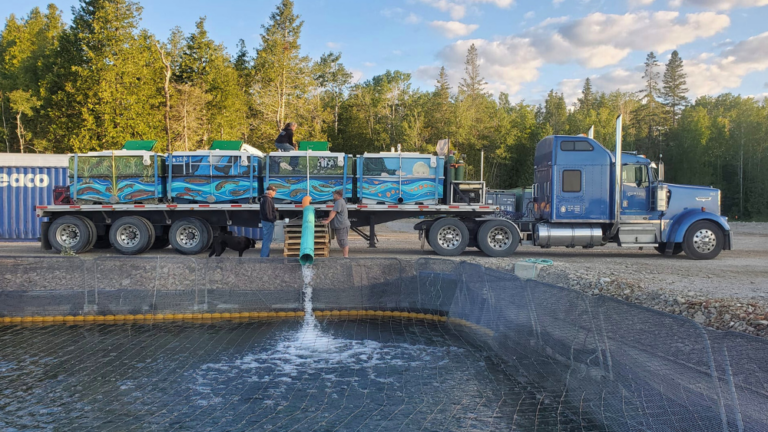
That means almost half of fish is labelled as a different species, usually a higher priced one.
And this stat doesn’t include the fish that are incorrectly labelled as “sustainable”, “local” or “wild” when they aren’t. ⠀⠀
It isn’t always done intentionally, but the problem runs rampant because fish fillets look so similar.⠀
Oceana Canada visited 177 retailers and restaurants across five Canadian cities this past year, and found 64% of them sold mislabeled fish. ⠀⠀
Mislabeling can harm
- your health, as you don’t know the conditions the fish came from
- and your local producers, because they lose the incentive to invest things that are good for the environment and their fish!
Here’s a few of our tips to avoid is happening to you..
- Choose local, as your fish passes through fewer hands who could mislabel it⠀
- Buy eco-certified like Best Aquaculture Practices, Ocean Wise or Marine Stewardship Council – MSC as they’re shown to have much less mislabeling (less than 1% of the time)⠀
- And ask the hard questions when you’re buying fish. ⠀
A farmer, fisher, store or restaurant who sources ethically LOVES when you ask about where their products come from!


